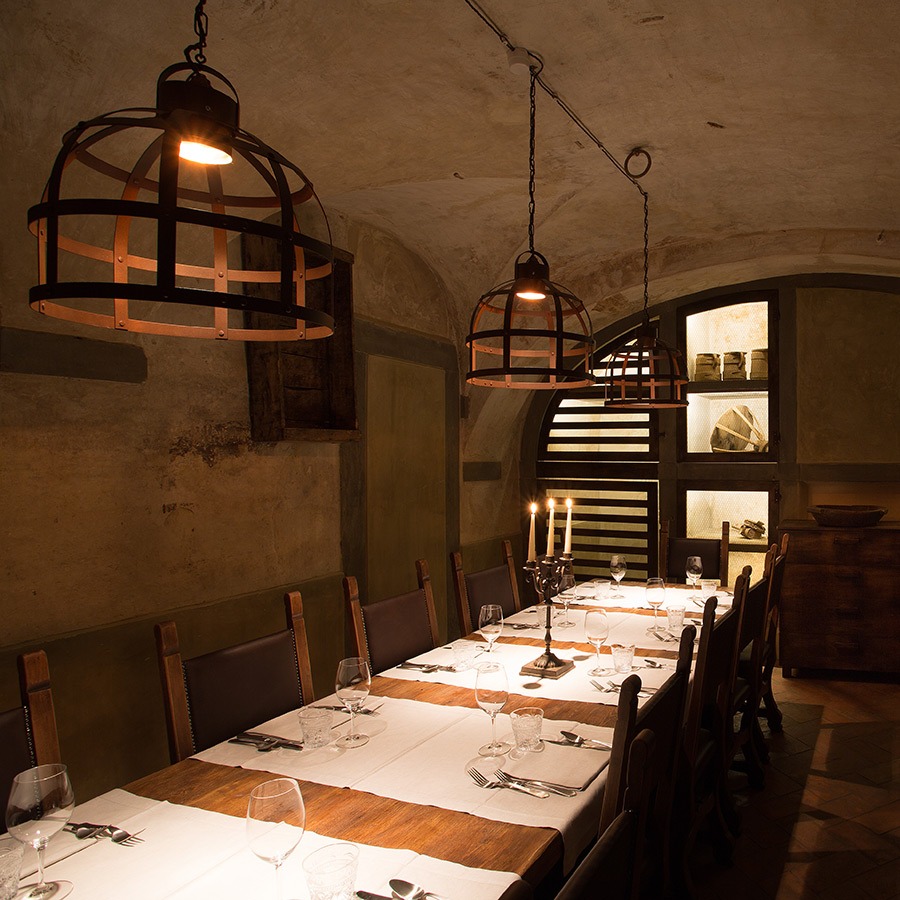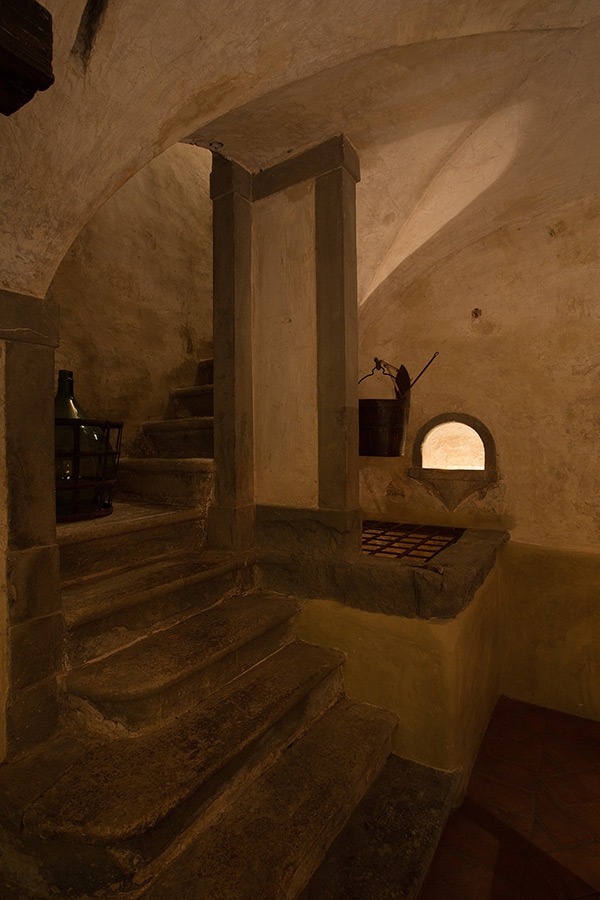History

PALAZZO CONCINI
TWO CENTURIES AND ONE HISTORY
The Concini Palace has an extensive and unique history strongly tied to Florentine politics during the time of the Medici family. Undergoing a recent restoration, the space has been brought back to life.
The remarkably preserved Concini Palace is a time machine that takes us back to the 1200s and 1500s. Its first owners were the Bastari Rittaffè family in the 1200s, and the palace is situated in the historic noble quarter of the city. After major extension works in the 1500s, the palace became the residence of Bartolomeo Concini (1507-1578), Jurisconsult and Minister Plenipotentiary to Cosimo I de’ Medici (1519-1574), a post comparable to today’s Prime Minister. Bartolomeo Concini was the most influential diplomat of the time. It was his diplomatic pressure on the Pope that Cosimo I was granted the title of Grand Duke in 1569 and the foundation of the Order of the Knights of St. Stephen in 1561, Cosimo’s first tactical move towards founding the Grandy Duchy of Tuscany. Due to his prestige, Bartolomeo Concini became head of a leading dynasty at the top of the political life in Florence during the 1500s and 1600s. He led a family that intermarried with the Medici family, and his son Giovan Battista Concini (1532-1605), knight, commander, and chancellor of the order of Knights of Santo Stefano, was even a figure of the first order of foreign politics of the Medici.
Life in the sixteenth-century rooms
The ground floor exhibits life of the palace during the 1500s. The actual entrance was a spacious courtyard where carriages and wagons drove up to the edge of a lavishly covered loggia in front of the main entrance. Adjacent to the official meeting rooms, some rooms were used to store products from the Concini’s farms located on the hills around Florence where wine and oil was produced, as Florentine families used to do.
Symbols of power and wealth
In the last room of the ground floor, there is an invaluable polychrome terracotta stove that was made by Francesco Giuseppe de’ Medici, owner of the palace in 1732. The cherub in the ceiling fresco holds an artichoke and a cup of wine that represents, “in wine, hope”, in protection of the agricultural activities linked to the wine and oil production that brought much wealth to the Concini family.
On the trail of the thirteenth century …
The basement is the preexisting 1200s dwelling on which the 1500s structure was built. In the 1500s, the basement was made into the servants’ quarter, with two kitchens to ensure that the palace’s residents and prestigious guests were always well accommodated. The spaced used as the dining room had been the building’s main entrance in the 1200s, before all the streets were raised to the current level.
The laundry room and the 13th century oven
A large room served as the first kitchen with a laundry facility. Today one can find the original fireplace, stone floor used for washing, and cabinets that were used for storing soaps and linens. In the second kitchen, there is the symbol of the Order of the Knights of Santo Stefano on the lintel of the mouth of the oven from the 1700s. The symbol was imprinted on bread before baking.
Roman vestiges among the cellars
On the sides of the basement, there is an old cellar that was used to preserve the owners’ wine products. Wine was sold in flasks through “wine windows” which once overlooked via delle Seggiole. Some stone arches in this area may even date back to the Roman foundation of Florence (30-15BC). Recent research has highlighted, in fact, that the building is situated in an area close to the ancient Roman walls.

















